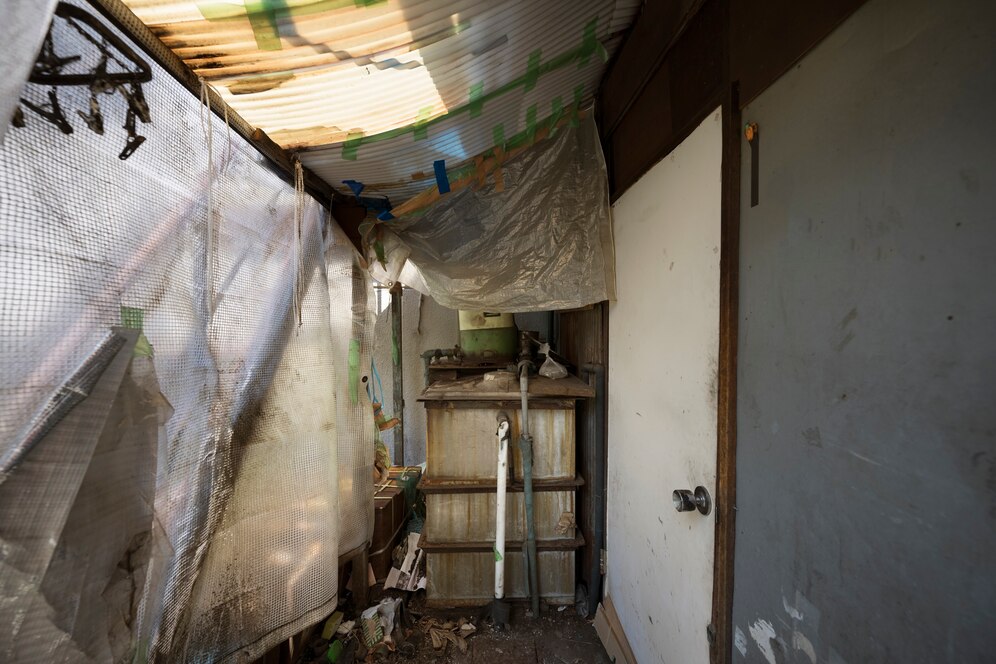During this season, it’s common to attribute symptoms like coughing, congestion, and headaches to weather conditions. However, the true culprits are often viruses like rhinovirus or coronavirus, which enter the body through the respiratory system. While cold, dry air can exacerbate these viruses, it’s the viruses themselves, not the weather, that cause or prolong symptoms. According to leading sources such as The Weather Channel and the Mayo Clinic, this information underscores the importance of indoor air quality in mitigating discomfort.
Indoor air pollutants can reach levels significantly higher than outdoor pollutants, as highlighted by the U.S. Environmental Protection Agency (EPA). Common irritants such as dust mites, pet dander, and pollen, along with secondhand smoke, radon, and biological pollutants, pose significant health risks. To address this, the EPA recommends regular maintenance of heating, ventilation, and air conditioning (HVAC) systems through biannual tune-ups.
Understanding the significance of furnace maintenance is crucial. The filter and heat exchanger play pivotal roles in ensuring clean indoor air. A clogged filter impedes airflow and allows airborne particles to circulate, while a damaged heat exchanger can release harmful carbon monoxide. By ensuring proper furnace function, indoor air quality can be significantly improved, benefiting those with respiratory conditions and even promoting better sleep and fewer illnesses.
In addition to HVAC maintenance, adopting a holistic approach to indoor air quality is essential. Measures such as making homes smoke-free, installing carbon monoxide alarms, testing for radon, controlling moisture to prevent mold growth, and proper ventilation contribute to a healthier indoor environment. Taking a comprehensive approach aligns with EPA recommendations for maintaining optimal indoor air quality.

